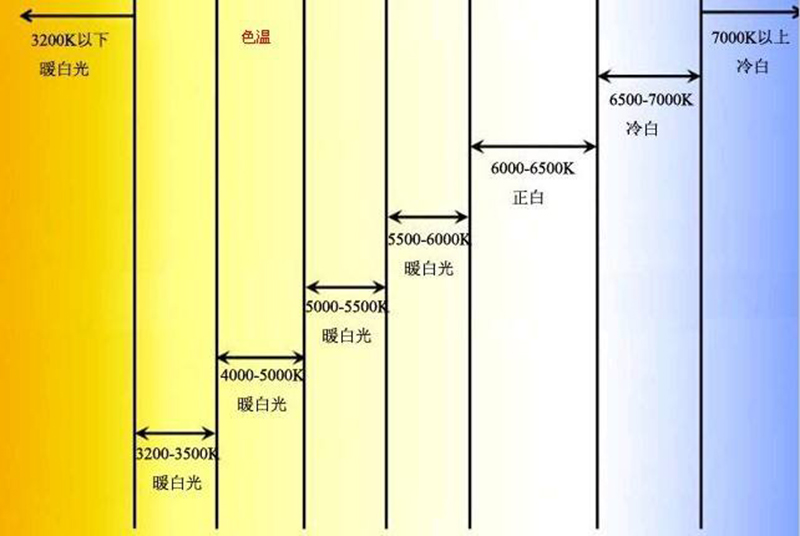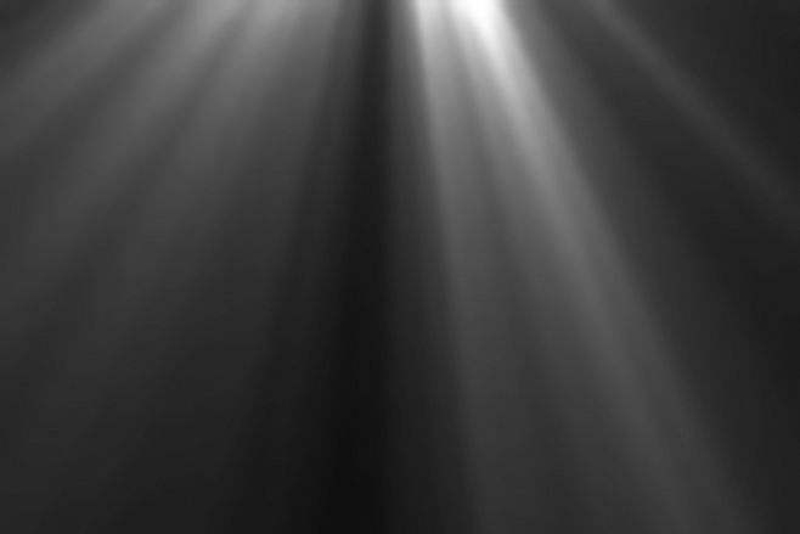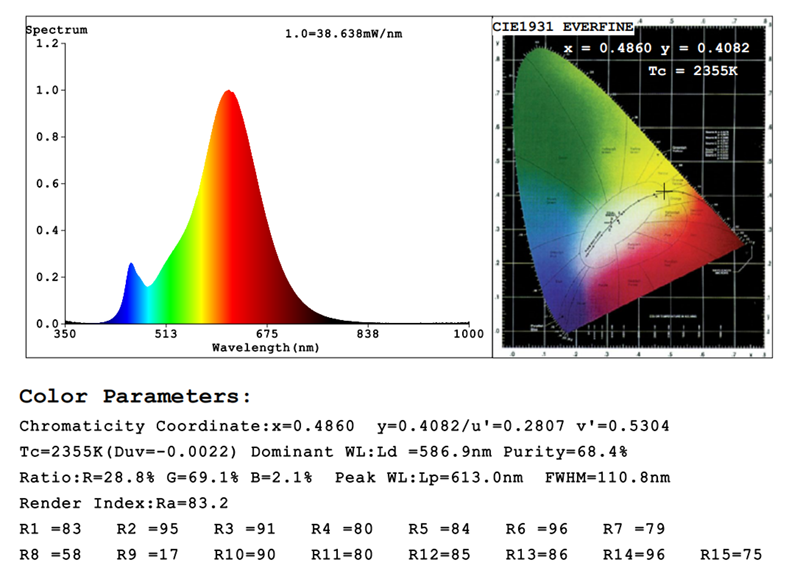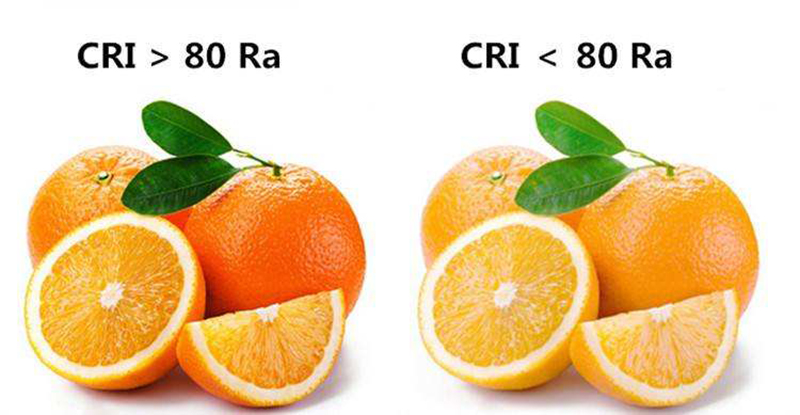Commonly LED Parameter index
Color temperature: a unit of measurement that indicates the color components contained in the light, the unit is K (Kelvin), the smaller the value, the more reddish the color, the larger the value, the more blue the color, the middle value is whiter, the normal use of the light color range is about 3000K -6500K, that is, warm white light and positive white light, the most popular neutral light is about 4000K, (inferior light source has a very large color difference, common warm white light is reddish, and white light is blue)

. Luminous efficiency: The ratio of the luminous flux emitted by the light source to the power consumption is called luminous efficiency, and the unit is LM/W (lumens/watt). Different light sources emit the same luminous flux, and the less power they consume, the higher the luminous efficiency.
. Brightness: Defined as the brightness of the light source unit, that is, the luminous intensity per unit projected area. The unit of brightness is candela/square meter (cd/m2). Brightness is how people feel about the intensity of light. It is a subjective quantity.
. Illuminance: refers to the luminous flux of visible light received per unit area. Unit Lux (Lux or lx). It is used to indicate the intensity of light and the amount of illumination of the surface area of the object.

. Color rendering index: (The simplest understanding is to restore the true color of the item. The higher the color rendering index, the more true the color is reflected. Generally, the color rendering index of high-quality LED light sources can reach more than 85, which defines daylight and incandescent lamps as 100) .
The color rendering ability of a light source to an object is called color rendering, which is compared with the appearance of the object under the same color temperature or reference light source (incandescent lamp or daylight). The spectral content emitted by the light determines the light color of the light source.


. Luminous decay: LED luminous decay means that after a period of time when the LED is lit, its luminous intensity will be lower than the original luminous intensity, and the lower part is the LED's luminous decay. According to international practice, the luminous decay is 30%.
If the product is determined to be invalid, many inferior products have exceeded this value in less than half a year. There are many factors that affect the light attenuation. The quality of the light source itself, the driver, and the heat dissipation are all important factors that affect the light attenuation.
 PREVIOUS: The Structure Of LED Lamp Beads?
PREVIOUS: The Structure Of LED Lamp Beads?
 NEXT:
NEXT:
























